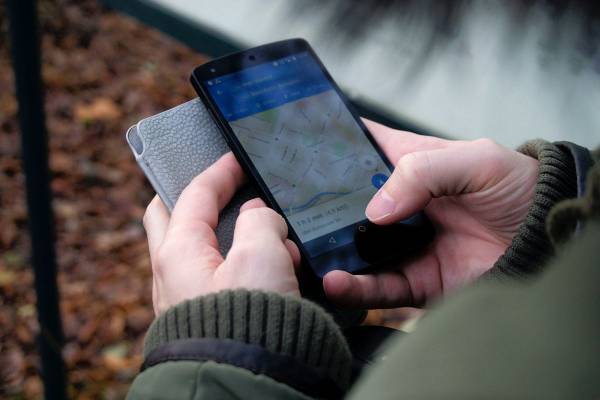Google Maps offers comprehensive details on millions of locations worldwide, including establishments, landmarks, and tourist attractions. In addition, users can use Google Maps to search for a specific area, address, or company name.
Google Maps will display the location on the map along with pertinent details like the opening and closing times, contact details, and reviews. Consumers can also rate and review businesses, and companies can use Google My Business to reclaim their listings and control their internet visibility.
Businesses that wish to be successful with service area marketing must use Google Maps. It is a useful tool for businesses to reach out to their target market in the area where they provide their services.
Using Google Maps for service area marketing
Utilizing Google Maps for service area marketing is not as easy as you think. Not especially when you want it to be an effective tool. Here’s how you can use it:
- Define your service area: Service areas are critical in determining where your business appears on Google Maps. Define your service area by selecting specific cities, zip codes, or radii around your business location.
- Optimize your Google My Business listing: Google My Business is essential for appearing on Google Maps. Make sure to add accurate and up-to-date information to your listing, including your service area, hours of operation, contact information, and photos.
- Focus on local SEO: Local SEO is essential for your listings to rank highly when someone searches for the services you provide in a particular location. Optimize your website with pertinent keywords, meta descriptions, and business listings on directories like Yelp and Yellow Pages.
- Encourage customer reviews: You can boost your visibility and online reputation by responding to reviews on Google Maps. Customers might be persuaded to post reviews by being asked for input after receiving a service or by providing rewards.
- Use location-based advertising: Google Maps allows businesses to target their ads to specific locations. Use location-based advertising to reach potential customers in your service area when they search for products or services related to your business.
- Monitor and analyze your performance: Use Google Analytics and Google My Business Insights to track your performance and make data-driven decisions. Analyze your competition and adjust your strategy accordingly.
Understanding Google’s Decisions
For businesses trying to increase their visibility on Google Maps, understanding how Google selects which businesses display when users conduct local searches is essential. The following variables can affect where your company appears on Google Maps:
- Relevance: Google considers your business's relevance to the user's search query. The more closely your business matches the search terms, the more likely it will appear in the results.
- Distance: Google calculates the distance between the user's location and the businesses in the area. Businesses closer to the user's location are more likely to appear in the results.
- Prominence: Google considers the prominence of your business online, including factors such as the number and quality of reviews, your website's authority, and your business's overall online presence.
- Google My Business profile: Google My Business is essential for appearing on Google Maps. Ensure to add accurate and up-to-date information to your listing, including your service area, hours of operation, contact information, and photos. Ensure that your profile is complete and optimized for local search.
- Website optimization: Make sure your website is prepared for local SEO by including pertinent keywords, meta descriptions, and tags. Also, your website should have simple and clear information about your products and services.
- Consistency of business information: Make sure the information about your company is accurate on all online resources, such as your website, social media accounts, directories, and Google My Business. Your Google Maps visibility may suffer if there are inconsistencies.
In general, optimizing your Google My Business listing, concentrating on local SEO, and making sure that your business information is correct and consistent across all platforms are necessary to increase your exposure on Google Maps.
You may boost your visibility and get clients in your service region by creating an effective plan by comprehending how Google selects which businesses show in local searches.
Finding the Right Partner
LeadOrigin is your partner if you want to increase your online visibility and draw in more nearby clients. Local SEO is something that LeadOrigin, a digital marketing firm, assists companies with.
For businesses trying to reach customers in their service region, local SEO is essential. To elevate your position in local search results, you must optimize your website and online presence. As a result, by ranking higher in the search results, you can draw in more clients and expand your business.









